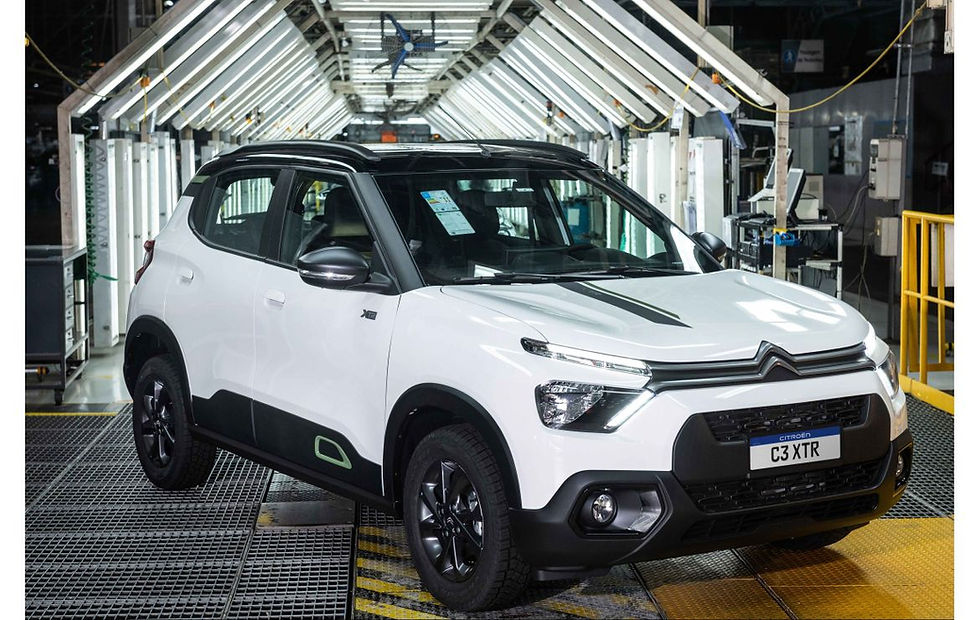The Citroën C15 Celebrates Its 40th Anniversary
- Jérémy

- Apr 6, 2024
- 2 min read

Since its launch in 1984, the Citroën C15 has traversed roads worldwide, becoming an icon in the realm of light commercial vehicles. As it celebrates its 40 years of existence, it's time to revisit its remarkable journey, marked by impressive figures, bold innovations, and a lasting influence on the automotive industry.
A Legacy of Audacity and Reliability
Assembled at the Vigo factory in Spain, the Citroën C15 was produced between 1984 and 2005, totaling an impressive production of 1,181,407 units. But behind these numbers lies much more than mere statistics. The C15 embodies an unparalleled experience and technical advancements that earned it a reputation for toughness and reliability that stands the test of time.
At its inception, the C15 stood out with its Maximum Authorized Weight (MAW) of 1,500 kg, hence its name "C15". This distinctive feature contributed to shaping its identity and was accompanied by impressive performances, making it one of the fastest vans in its category, with a top speed of 140 km/h.
Furthermore, the C15 was a pioneer in introducing diesel engines to light commercial vehicles, adding a dimension of versatility and efficiency to its already solid reputation.
Arriving at the Vigo factory laden with innovation, the C15 was much more than just a utility vehicle. It was the first vehicle for which the factory took on the role of Pilot Center, involving total involvement in its design and development. This dedication paid off, with the C15 becoming the first model in the history of the factory to surpass the million units produced milestone.
Moreover, the growing demand for the C15 opened up new avenues, with the introduction of night shifts in the body welding workshop at the Vigo factory, demonstrating the positive impact of this vehicle on the local industry.

Global Impact and Lasting Legacy
The reputation of the C15 as a robust and reliable vehicle made it a global star in its segment, aided by the addition of a diesel engine that expanded its customer base. Not only did it consolidate Vigo's position as a major automotive production center, but it also played a crucial role in the development of the local supplier industry.
Continuing its legacy of innovation, the C15 made history as one of the first light commercial vehicles to offer an electric version. In 1987, an electric version was meticulously tested on the streets of Brussels before being launched two years later. While this version paved the way for a new era of clean mobility, it also presented challenges in terms of battery size and weight.
In 2000, to comply with European emissions standards, the C15 underwent a major evolution, with its engine replaced by a new, more environmentally friendly generation. This ambitious project, undertaken in collaboration with renowned suppliers, demonstrates Citroën's ongoing commitment to innovation and sustainable development.
Thus, as the Citroën C15 celebrates its 40th anniversary, it leaves behind a remarkable legacy, combining performance, reliability, and innovation. Its enduring influence on the automotive industry makes it a true legend, and its story continues to inspire future generations of automotive manufacturers.
With a total of 1,181,407 units produced, the Citroën C15 remains a symbol of success and durability, testifying to its undeniable importance in the automotive world.






Comments